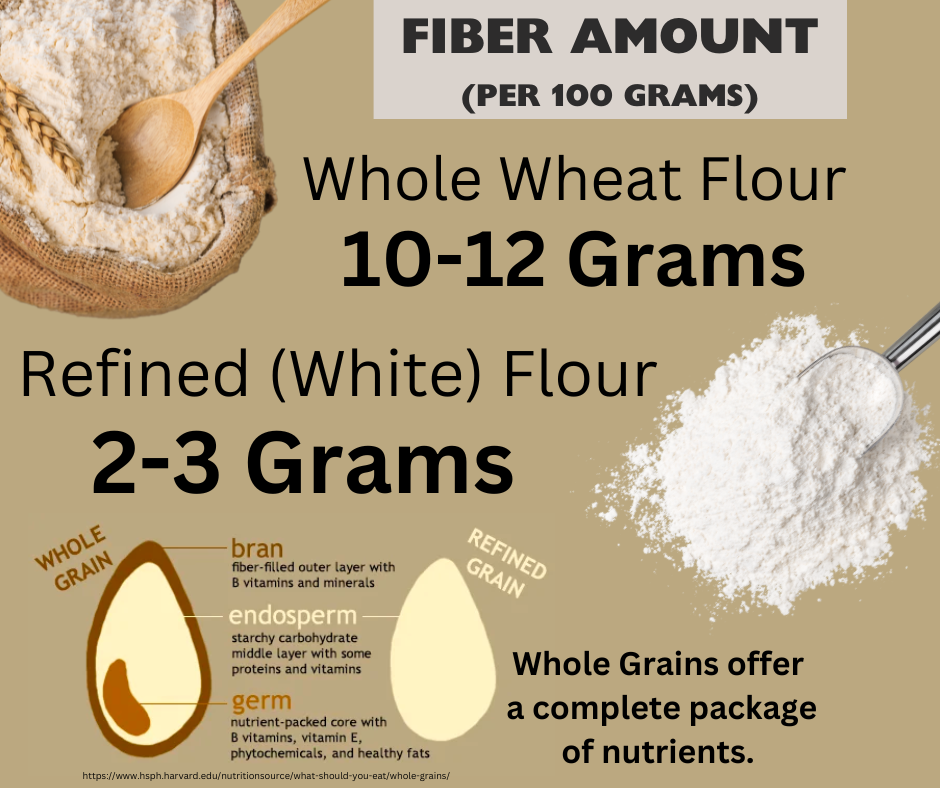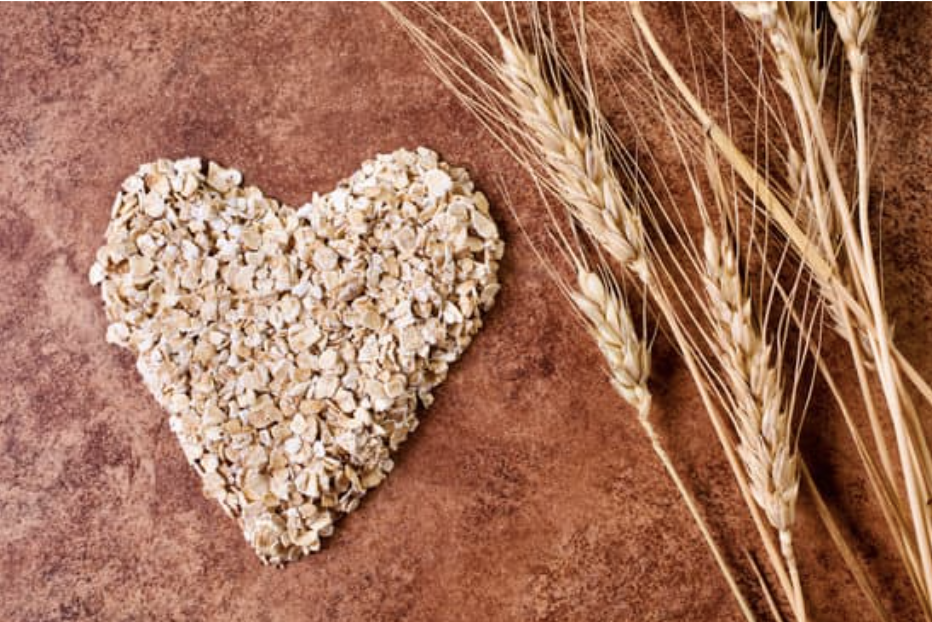Exploring the Benefits of Eating Whole Grains
go.ncsu.edu/readext?960647
en Español / em Português
El inglés es el idioma de control de esta página. En la medida en que haya algún conflicto entre la traducción al inglés y la traducción, el inglés prevalece.
Al hacer clic en el enlace de traducción se activa un servicio de traducción gratuito para convertir la página al español. Al igual que con cualquier traducción por Internet, la conversión no es sensible al contexto y puede que no traduzca el texto en su significado original. NC State Extension no garantiza la exactitud del texto traducido. Por favor, tenga en cuenta que algunas aplicaciones y/o servicios pueden no funcionar como se espera cuando se traducen.
Português
Inglês é o idioma de controle desta página. Na medida que haja algum conflito entre o texto original em Inglês e a tradução, o Inglês prevalece.
Ao clicar no link de tradução, um serviço gratuito de tradução será ativado para converter a página para o Português. Como em qualquer tradução pela internet, a conversão não é sensivel ao contexto e pode não ocorrer a tradução para o significado orginal. O serviço de Extensão da Carolina do Norte (NC State Extension) não garante a exatidão do texto traduzido. Por favor, observe que algumas funções ou serviços podem não funcionar como esperado após a tradução.
English
English is the controlling language of this page. To the extent there is any conflict between the English text and the translation, English controls.
Clicking on the translation link activates a free translation service to convert the page to Spanish. As with any Internet translation, the conversion is not context-sensitive and may not translate the text to its original meaning. NC State Extension does not guarantee the accuracy of the translated text. Please note that some applications and/or services may not function as expected when translated.
Collapse ▲In a world where dietary trends and fads seem to change with the seasons, one nutritional powerhouse has stood the test of time – whole grains. These unprocessed grains have been a staple in human diets for centuries and continue to be an essential component of a balanced and healthy eating plan. From improving heart health to aiding in digestive health, the benefits of eating whole grains are numerous. In this article, we will explore why whole grains should have a prominent place on your plate.
What Are Whole Grains?
Before we delve into their benefits, let’s clarify what whole grains are. Whole grains are grains that have not had their bran and germ removed through processing, which means they retain all of their essential nutrients, including fiber, vitamins, minerals, and antioxidants. Some common whole grains include:
- Whole wheat
- Oats
- Brown rice
- Quinoa
- Barley
- Buckwheat
- Millet
Now, let’s explore the incredible benefits of incorporating these grains into your diet.
Benefits of Whole Grains
Rich in Dietary Fiber
Whole grains are a fantastic source of dietary fiber, which is essential for maintaining a healthy digestive system. Fiber aids in regular bowel movements, prevents constipation, and supports the growth of beneficial gut bacteria. Moreover, a high-fiber diet can help manage various digestive disorders, including diverticulosis and irritable bowel syndrome (IBS).

Recommended amounts of daily fiber are 25-30g per day and Americans are currently consuming on average half the recommended amount (15g). 100 grams of whole wheat flour contains 10 to 12 grams of fiber, while an equal amount of refined (white) flour contains 2 to 3 grams of fiber.
Heart Health Booster
One of the most well-established benefits of whole grains is their positive impact on heart health. Consuming whole grains can lower the risk of heart disease by reducing levels of bad cholesterol (LDL), triglycerides, and insulin levels. The fiber, potassium, and magnesium in whole grains collectively work to maintain healthy blood pressure levels, reducing strain on the heart.

Weight Management
For those looking to maintain or lose weight, whole grains are an excellent choice. Their high fiber content helps you feel fuller for longer, reducing overall calorie intake. This satiety factor can be a valuable asset in controlling your appetite and curbing unhealthy snacking between meals.
Stable Blood Sugar Levels
Whole grains have a lower glycemic index (GI) compared to refined grains, meaning they cause a slower and more gradual rise in blood sugar levels after consumption. This can help prevent insulin spikes and crashes, making whole grains a vital component of a diabetic-friendly diet.
Nutrient Powerhouses
Whole grains are packed with essential nutrients, such as B vitamins (like folate, niacin, and riboflavin), minerals (including iron, magnesium, and selenium), and antioxidants. These nutrients play crucial roles in energy production, immune function, and protection against oxidative stress.

Reduced Risk of Chronic Diseases
Regular consumption of whole grains has been associated with a lower risk of chronic diseases, such as type 2 diabetes, stroke, and certain types of cancer, particularly colorectal cancer. The antioxidants and fiber in whole grains help protect cells from damage and support overall health.
Incorporating Whole Grains into Your Diet
Now that you’re aware of the incredible benefits of whole grains, it’s time to incorporate them into your daily meals. Here are some easy ways to do so:
- Swap out white rice for brown rice or quinoa.
- Start your day with whole grain cereal or oatmeal.
- Use whole wheat pasta in your favorite pasta dishes.
- Opt for whole grain bread instead of white bread.
- Snack on whole grain crackers or air-popped popcorn.
Remember that variety is key. Experiment with different types of whole grains to keep your meals interesting and ensure you reap the full spectrum of their nutritional benefits.
Conclusion
Whole grains are a nutritional powerhouse that should have a central place in your diet. Their numerous benefits, ranging from improved heart health to weight management and beyond, make them an essential component of a healthy eating plan. So, the next time you plan your meals, consider adding some whole grain goodness to your plate.
For more info please visit:




